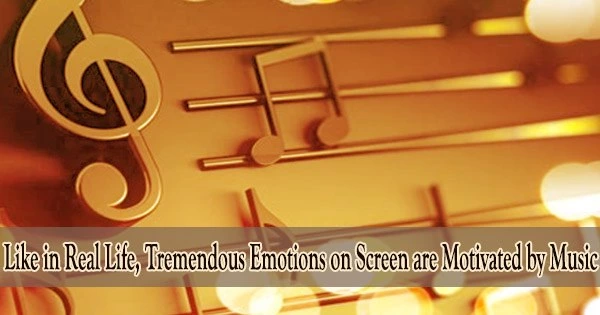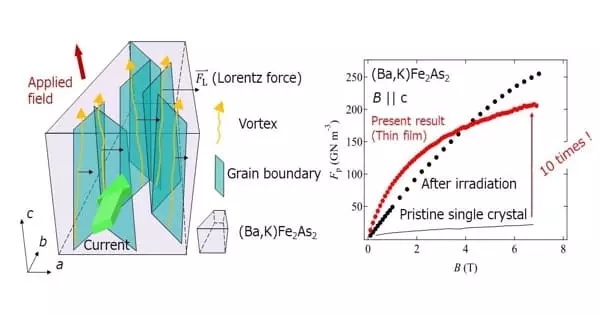There are several famous movies where a moment wouldn’t be the same without music since the music is so essential to the scenario.
With its over-the-top horror film music by renowned film composer Bernard Herrmann, the shower scene from Alfred Hitchcock’s movie “Psycho” quickly comes to mind.
Herrmann wrote music for the shower scene even though Hitchcock initially felt it didn’t need it; Hitchcock later used it to great effect. The soundtrack from that sequence and the rest of the movie served as a model for future horror movie soundtracks and is an illustration of the storytelling power of film music.
In my work as a music professor and researcher, I (Gena R. Greher) focus on creativity and listening-skill development in children. Having previously worked as an advertising music director, I’ve seen the effect music has on people’s perceptions and emotions.
Since the 1927 release of “The Jazz Singer,” the first commercial film with sound, music has been powerfully linked to the movie-watching experience.
Film and music have always gone hand in hand
Even in the early days of silent movies, the majority of theaters employed a musician or band to play music, primarily to cover up the sound of the film projectors and audience conversation.
Along with playing folk and popular music, these artists frequently performed pre-existing works of Western European classical music by composers like Tchaikovsky and Wagner. It was normal for the soundtracks of the same movies playing in different cinemas across the nation to be completely different.
The unified soundtrack and eventually the practice of commissioning artists to write original music for movies were both made possible by sound-on-film technology. Film music advances the plot and the action, much like music composed for an opera. A film composer must support the plot of the script, just as an opera composer must adhere to the libretto, or text, of the opera. The music also needs to reflect the screenplay’s mood, which includes everything from the action on the screen to sound effects to dialogue.
The right piece of music can enhance and sometimes even change a viewer’s perception of what is taking place onscreen. Just try to imagine replacing John Williams’ “Jaws” theme during the first swimming casualty in the movie with a calm piece of music.
In an instant, the mood would change from inherent fear to a tranquil swim in the ocean. As a music educator, I have made that music switch with middle school, high school and college students over the years, and it never fails to surprise them.
The power of music in film
The majority of the time, music is utilized to support on-screen action, improve a scene’s mood, hint at upcoming events, or even express a character’s inner feelings. While musicians and directors generally don’t aim to overshadow a movie, there are many times when the emotional impact of the visuals would be diminished if the music weren’t there.
For example, one wouldn’t expect to find the classical composer Aaron Copland on the same film credits as the rap group Public Enemy, yet Spike Lee used this American master composer’s music quite successfully in his film “He Got Game.” Right from the start, Copland’s music sets the tone for a tense emotional film about basketball and the difficult and complex choices facing a young up-and-coming player from the projects.
The opening is a montage of slow-motion footage consisting of rural kids across America juxtaposed with urban youths. Copland’s “John Henry” plays, with its slow, expansive sound. This composition was inspired by the story of John Henry, an African American folk legend who worked as a steel driver building railroad tracks and whose strength and speed beat a steam-powered rock-drilling machine.
The melody of the song is accompanied by a rhythmic pulse that simulates the sound of a train moving. A striking hammer, produced by out-of-tune percussion and string or percussion and brass strikes, can occasionally be heard. The film sequence is edited so that the scenes of urban youths mainly happen during these clashing hammer strikes. By doing this, Lee is highlighting through music the differences and disparities between the experiences of the rural and urban students. The opening credits scored with this evocative piece of American music set up the viewer for the emotional story that follows.
In the film “Platoon,” an action movie about war, the film composer uses contrast to surprise the viewer. Rather than the music of a military band or something loud and fast paced, what you hear are the orchestral strings of Samuel Barber’s “Adagio for Strings.”
In this case, the tempo, or speed of the music, plays a large part in creating the desired effect. Measured in beats per minute, tempo can alter the feel and pace of what is taking place on screen. Composers designate a desired tempo using musical terminology that’s usually in Italian.
In this case, “adagio” indicates a slow tempo usually around 66 to 76 beats per minute. The music is also in a minor key, which can convey sadness another factor contributing to the emotional pull of this music in the scene. The result is a breathtaking commentary on the ravages of war.
The next time you’re watching a movie, or even a favorite TV show, pay attention to the way a scene makes you feel and then listen for its music.
















